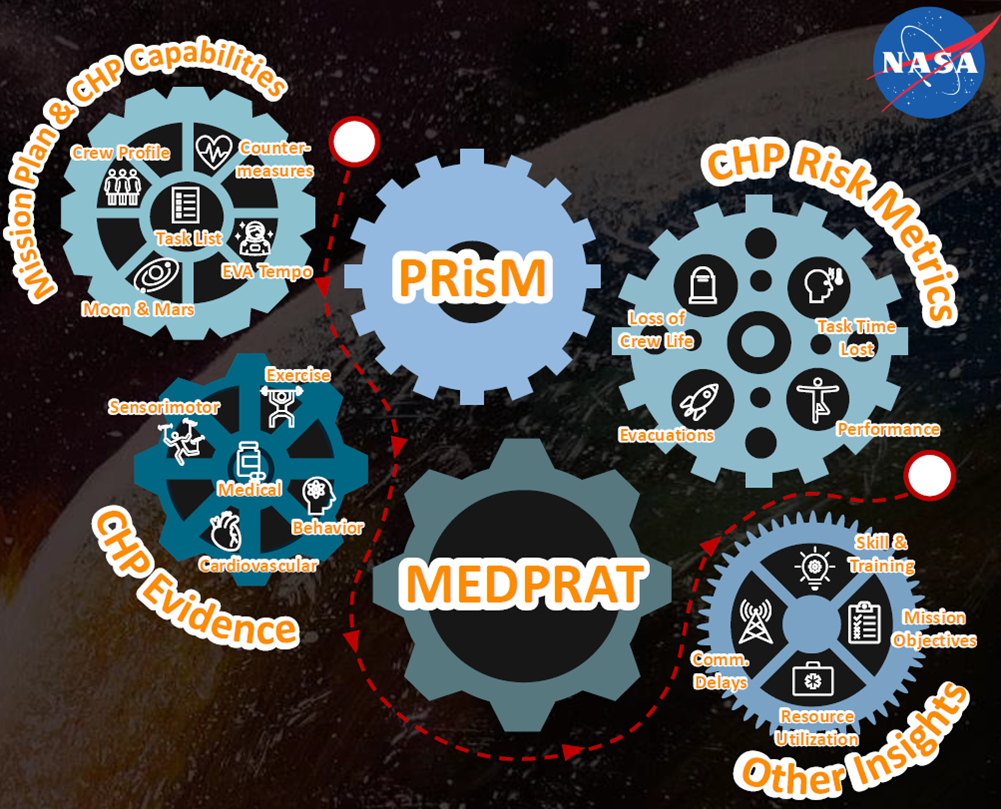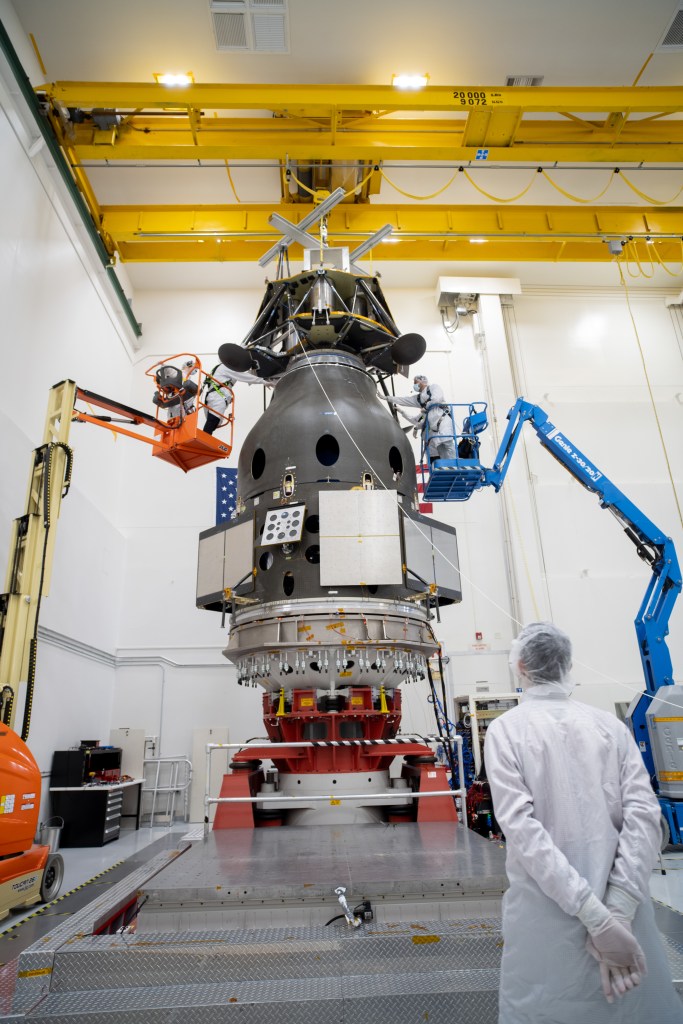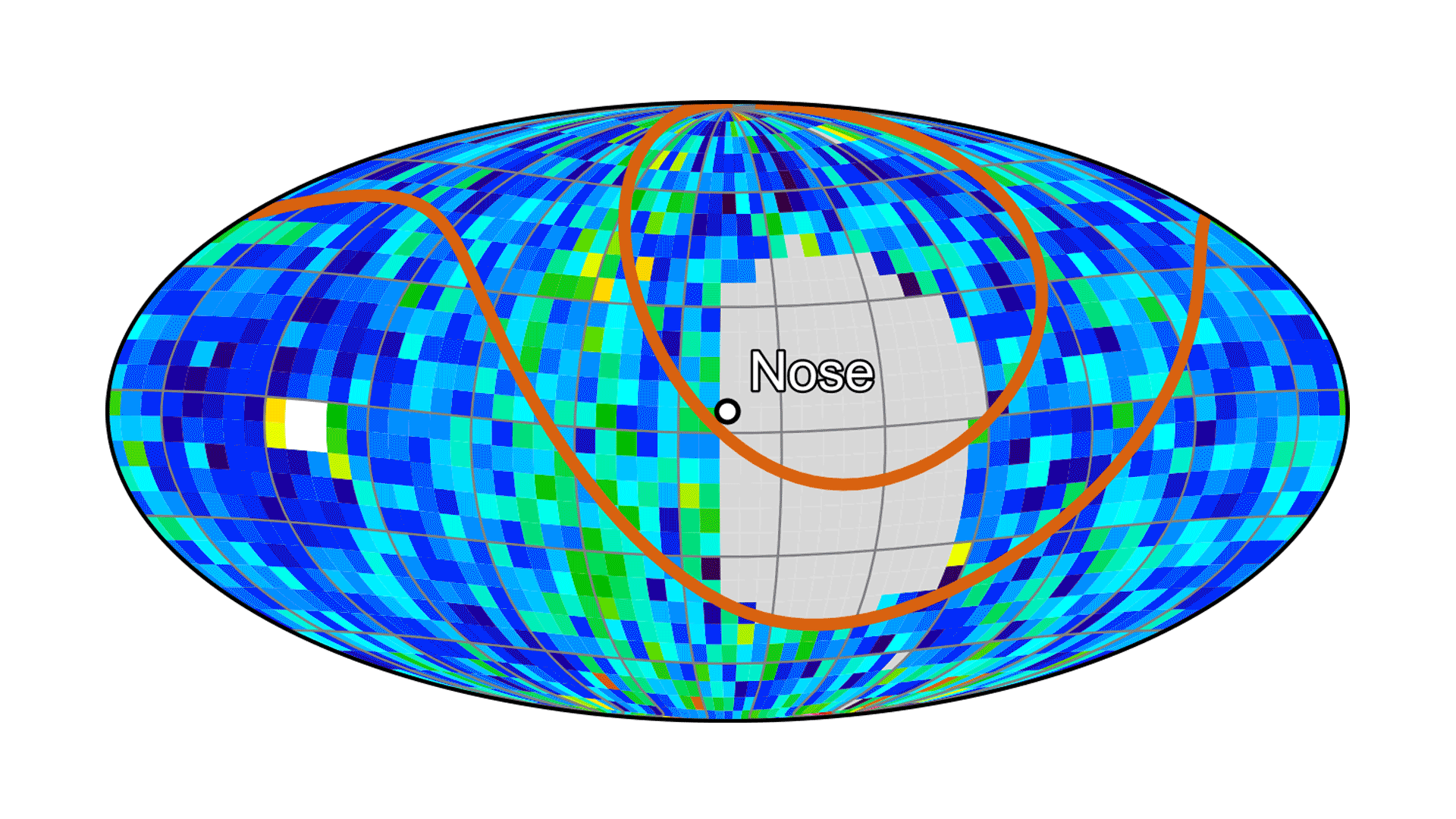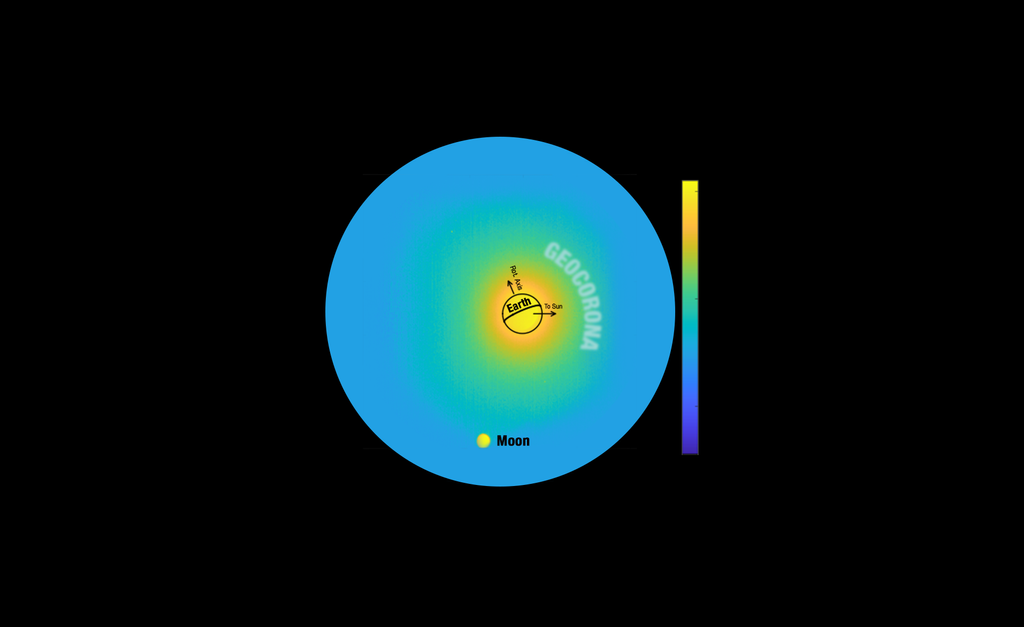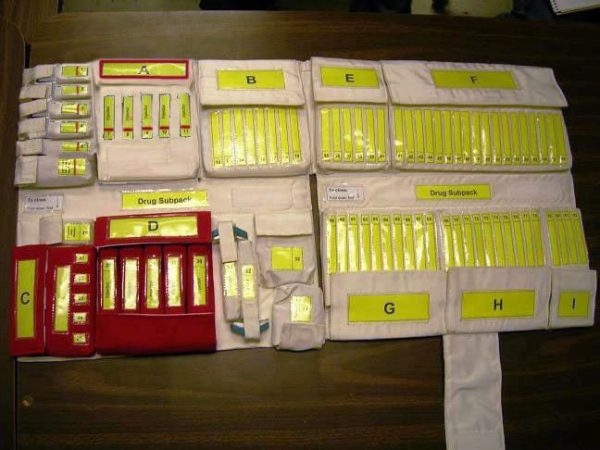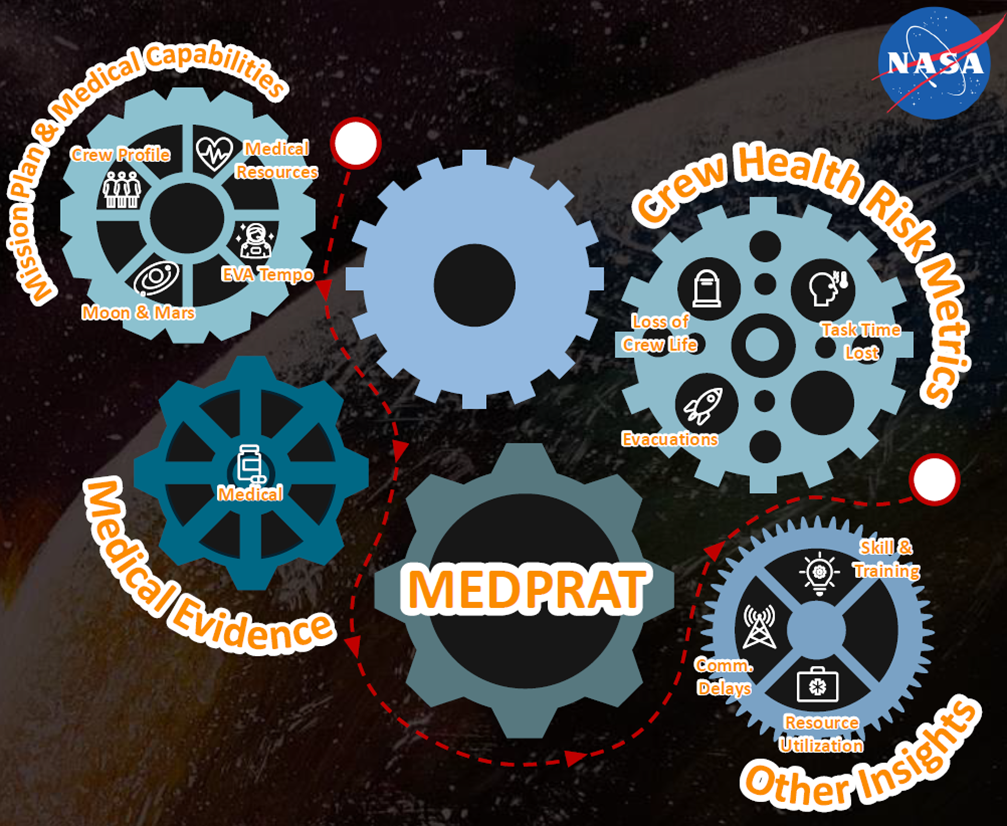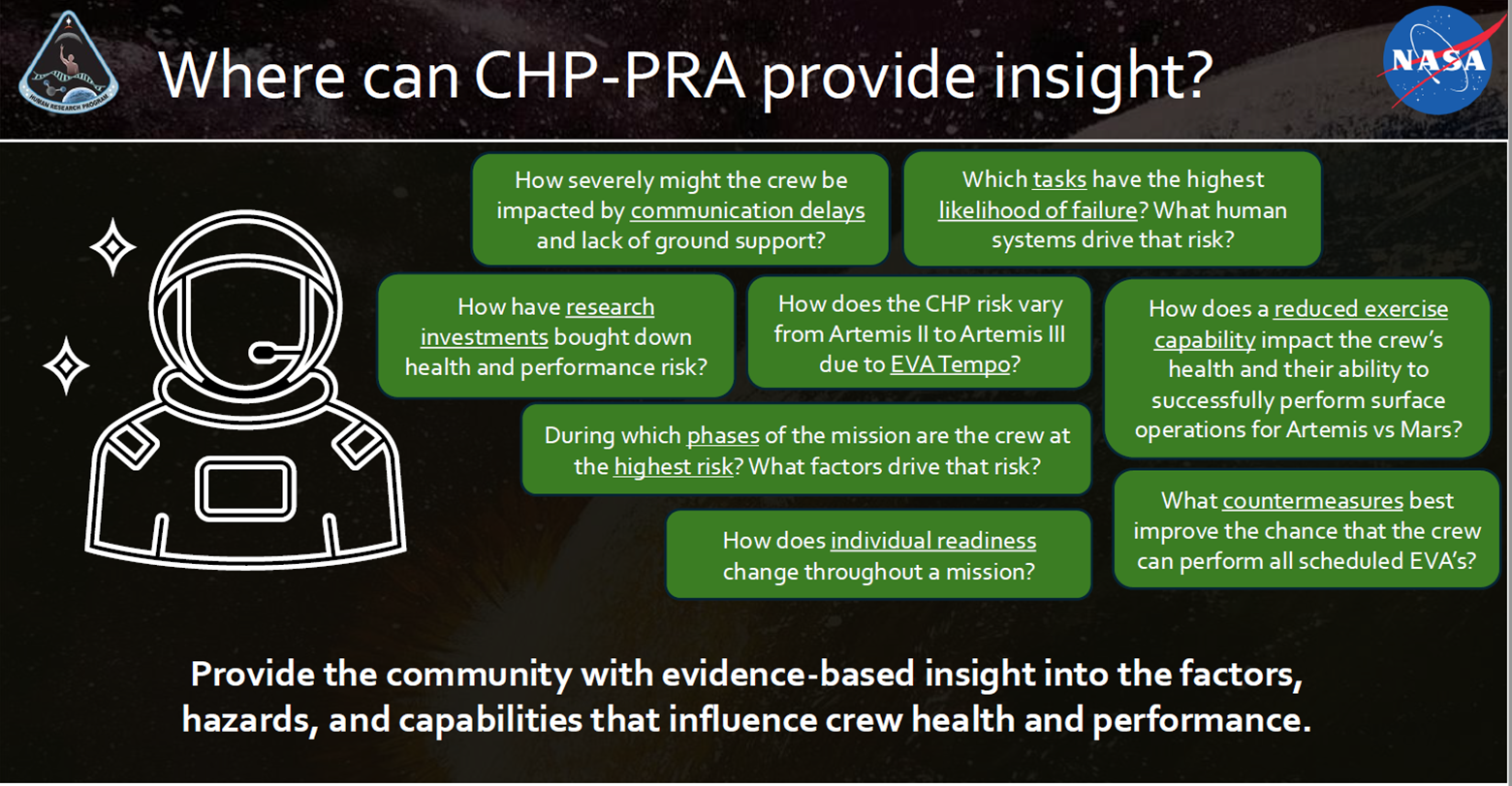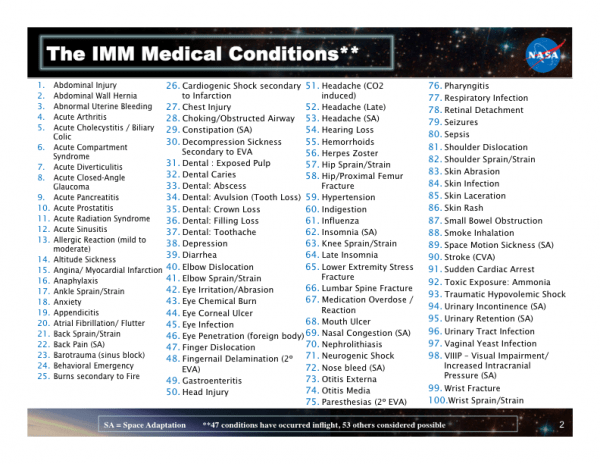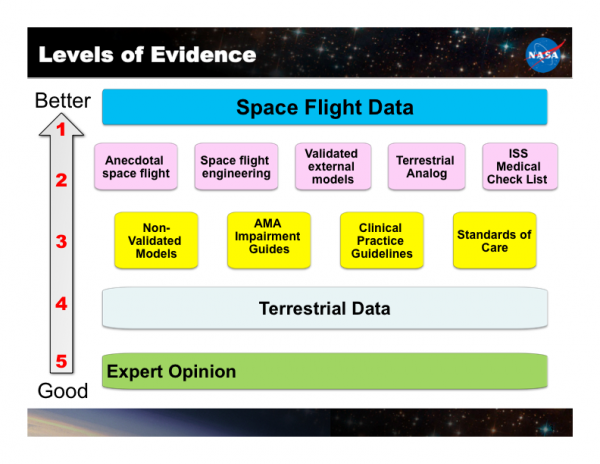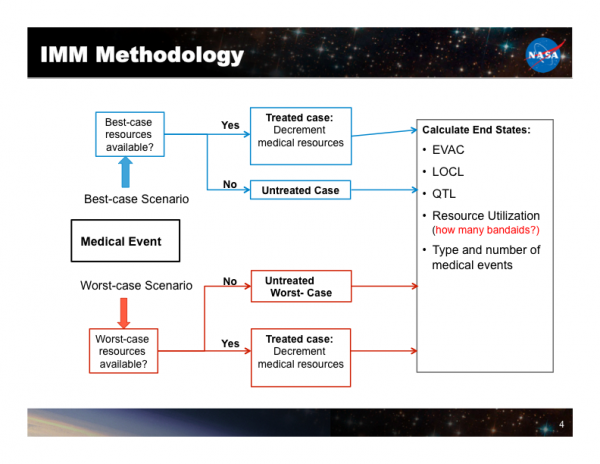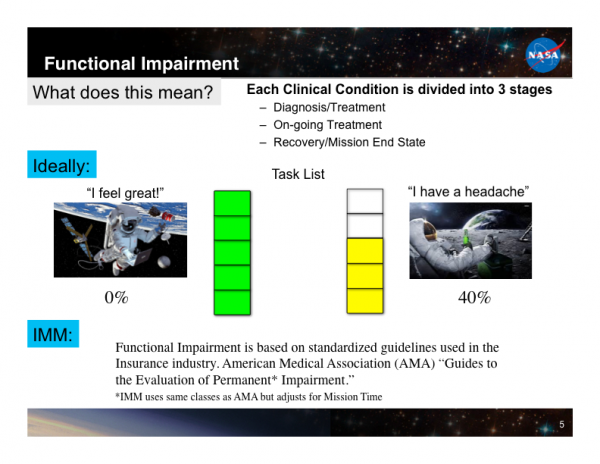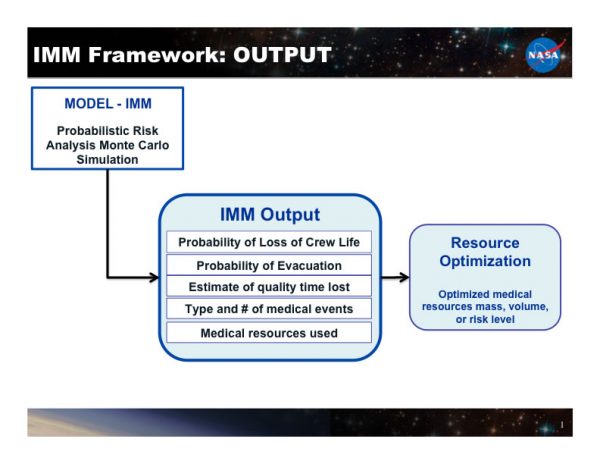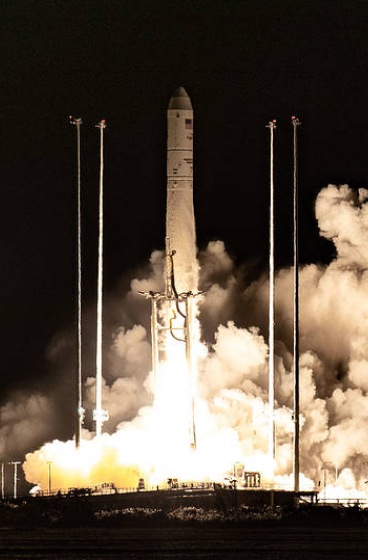Crew Health and Performance Probabilistic Risk Assessment
The Research
Data gathered from International Space Station expeditions and space shuttle missions; medical data from Apollo, Skylab, and Mir; as well as terrestrial analog data have been aggregated to create a database of medical condition incidence rates and treatment requirements. When provided with a notional mission scenario, these tools, including the Medical Extensible Dynamic Probabilistic Risk Assessment Tool (MEDPRAT) and the Integrated Medical Model, build and use appropriate data with algorithms to forecast medical and crew health and performance risk. The intent of this capability is to inform mission planning, research investments, and medical kit optimization by incorporating realistic timelines for when conditions arise and the effect on risk of providing a less-than-optimal treatment.
The Progress
These tools use available space and terrestrial medical data as well as human health research to assess spaceflight medical risk in a manner consistent with other risk measures used in spacecraft and mission design. These tools will also be extensible to accommodate new data, findings, medical capabilities, missions, and outcomes. These tools provide risk- based medical system design information necessary to evaluate new technologies, procedures, research insights, and mission plans. They dynamically incorporate the effects of a changing mission environment, such as the loss of a countermeasure, the failure of critical crew support systems in the vehicle, or an external event such as an increase in radiation flux. Additionally, because of the restricted set of conditions that NASA is planning to treat, NASA does not know the impact to human risk associated with a requirement that the crew medical officer be a trained physician. NASA is currently conducting studies to develop metric quantifying performance differences in exploration mission scenarios, which Performance Risk Model will incorporate along with associated data to quantify changes in risk posture across different mission profiles and crew complements.
Technical Data
- Predicting Bone Fracture in Astronauts
- Incidence rates for rare medical events.
- Predicting bone fracture during exploration missions.
- Head injury incidence rates on ISS.
Crew Health and Performance Probabilistic Risk Assessment articles:
- Modeling and simulation credibility assessment for extravehicular activity applications (https://doi.org/10.1080/10255842.2023.2293653
- Predicting Exploration Crew Medical Officer Training Needs: Applying Evidence-Based Predictive Analytics to Space Medicine Training (https://doi.org/10.1177/10806032241292535)
- Assessment of Model Outcomes Between the Integrated Medical Model (IMM) and the Medical Extensible Dynamic Probabilistic Risk Assessment Tool (MEDPRAT) (https://ntrs.nasa.gov/api/citations/20240012058/downloads/TM-20240012058.pdf)
- Strategy for Risk Quantification on Spaceflight Crew Health and Performance Using Dynamic Probabilistic Risk Assessment (https://ntrs.nasa.gov/citations/20240008500) and (https://ttu-ir.tdl.org/items/29124342-fe25-4a26-ad35-caf2d0a21368)
- The effect of the Katz parameter on node ranking, with a medical application (https://link.springer.com/article/10.1007/s13278-023-01135-3)
